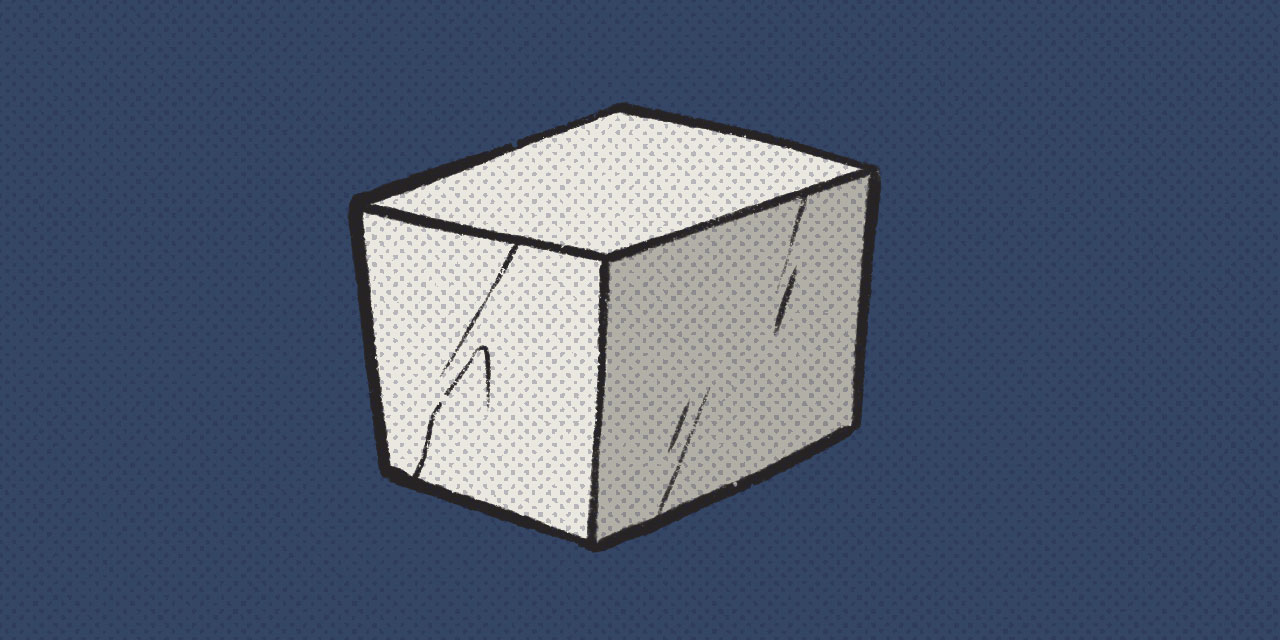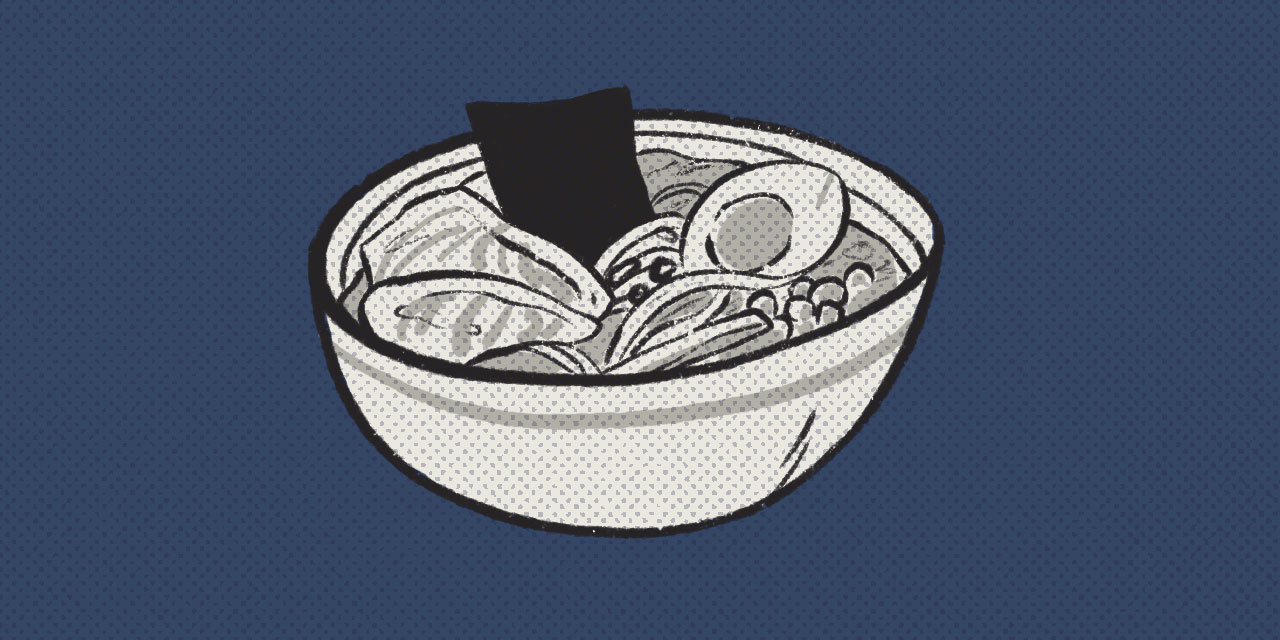The Japanese counter 〜つ is probably the most useful counter you can learn. It just counts… "things." And when we say "things," we really mean it: it can count literally anything. That's pretty broad, though, so let's break it down into various categories.
- Pronunciation of Japanese Counter 〜つ
- Three-Dimensional Things
- Things Without a Definite Shape
- Number of Orders
- Substitution for Other Counters
Prerequisite: If you're completely new to Japanese counters, we recommend you learn the basics first. Make sure you know how to read hiragana and katakana. We'll mention the "kango/wago/gairaigo counting method," and you can learn about all three of these Japanese numbering systems in our Counting in Japanese article. Knowing the kanji for numbers will help, too. In our example sentences and explanations, we equally use Arabic numerals (1, 2, 3) and Japanese kanji (一, 二, 三), since both are quite common in Japanese.
Pronunciation of Japanese Counter 〜つ
First, though, let's go over the pronunciation for counting with 〜つ. For the numbers one through ten, 〜つ uses the wago counting method, which means you'll have to memorize them.
| Numeral | Japanese | Reading 1 | |
|---|---|---|---|
| 1 | 一つ | ひとつ | |
| 2 | 二つ | ふたつ | |
| 3 | 三つ | みっつ | |
| 4 | 四つ | よっつ | |
| 5 | 五つ | いつつ | |
| 6 | 六つ | むっつ | |
| 7 | 七つ | ななつ | |
| 8 | 八つ | やっつ | |
| 9 | 九つ | ここのつ | |
| 10 | 十 | とお | |
| 11 | 十一/十一個 | じゅういち/じゅういっこ | |
| 12 | 十二/十二個 | じゅうに/じゅうにこ | |
| 100 | 百/百個 | ひゃく/ひゃっこ | |
| 1,000 | 千/千個 | せん/せんこ | |
| 10,000 | 一万/一万個 | いちまん/いちまんこ | |
| How many | いくつ | いくつ |
Make sure to memorize all these at some point—they're important and very useful!
Whether you've memorized them or not, let's move on to the categories of things that 〜つ counts.
Three-Dimensional Things

Anything with a three-dimensional shape—almost any object that exists in the world—can be counted using 〜つ. Oranges, apples, eggs, glasses, cups, keys, cushions, beds, TVs, etc.—even flat pieces of paper technically have a 3D shape to them.
- みかんを一つ食べた。
- I ate one orange.
- 携帯2つ持ってるの?
- Do you have two cellphones?
- コウイチは枕を三つ使って寝る。
- Koichi uses three pillows when he sleeps.
- スプーンとフォークを四つずつください。
- I want four spoons and four forks.
Things Without a Definite Shape

But what about things that aren't really three-dimensional? You can count those using 〜つ too. Examples of "things without a definite shape" include shadows, stains, dust, sound waves, and more.
- シミが2つ増えた。
- I got two new kidney spots.
- あそこに木陰が一つあるよ。
- There is a tree giving some shade over there.
- 頭にホコリが三つもついてるよ。
- You've got three pieces of dust on your head.
- 物音一つ聞こえなかった。
- There was no sound to be heard.
Number of Orders

When you place an order for something—a product, a meal, etc.—you can count it with 〜つ. This is especially helpful for restaurants, where you can simply point to an item on the menu and use 「一つ」!
- ホットコーヒー2つください。
- Two cups of hot coffee, please.
- チーズバーガー三つとラーメン四つもらえますか?
- Can I get three cheeseburgers and four ramen?
- そのネックレスが一つ欲しいです。
- I want one of those necklaces.
- チケット4つでいくらですか?
- How much for four tickets?
- そのステッカーは一つ200円です。
- Those stickers are ¥200 each.
Abstract Things

Not only can you count "real" things, you can also count abstract things. Things like ideas, thoughts, reasons, opinions, questions, truths, happiness, difficulties, seasons, and so on. Does it make sense now when we said earlier that 〜つ can be used to count just about anything?
- いいアイディアが一つも浮かばない。
- I can't come up with a single good idea.
- 真実が2つあることもあるさ。
- It's possible that there are two truths.
- 3つ目の提案が一番良かったね。
- The third suggestion was the best one, wasn't it?
- 日本には四つの季節があります。
- There are four seasons in Japan.
Substitution for Other Counters

As a new Japanese speaker, you may not be familiar with one of the many Japanese counters that exist. Or perhaps the correct counter for something is very uncommon—so uncommon, in fact, that other people might not know the counter even if you used it correctly. Traditional Japanese wardrobes, for example, are counted using 棹 (さお), yet this counter is archaic and uncommon. Instead, people use 〜つ or 個 (こ).
- 箪笥を一つアマゾンで注文した。
- I ordered a wardrobe on Amazon.
- 四つしか椅子がない。
- There are only four chairs.
The Japanese counter 〜つ is probably the most useful counter you can learn.
Another good use for 〜つ is as a replacement for a more specific counter when the situation is ambiguous. Take stickers, for example. They're everywhere in Japan. Normally, you would count individual stickers using 枚—the Japanese counter for flat things. Makes sense, right? Yet when the same stickers are part of a whole sheet of stickers, it's more common to count them with 〜つ, since they are part of a larger whole. But it's not necessarily wrong to use 枚 or 〜つ for either stickers or sticker sheets. It depends on the person and how they want to classify what they're talking about.
- トーフグのステッカー五枚セットを買った。
- I bought a set of five Tofugu stickers.
- 値札シールがあと二つしかない。
- There are only two price tag stickers left.
Ages: 1–9

Finally, here's a way to use 〜つ that's more specific. When counting a child's age, you can use the 〜つ counter. (Although from ten years onward, you'll need to remember to use the kango counting method plus 歳 さい.)
- 来年で5つになるんです。
- He'll be five next year.
- まだ二つなのにもう漢字が読めるの?
- She can already read kanji at two years old?
One other thing to note about using 〜つ for a person's age: you can use it to talk about age differences as well, no matter how old or young the people you're referring to are.
- 二つ上の先輩から告白された。
- My two-years-older-than-me senpai confessed his love to me.
- 私には三つ年下の妹がいます。
- I have a sister who is three years younger than me.
Idioms
Finally finally, some idioms use 一つ, and you can't substitute 一つ for 個 or any other counter due to these being set phrases. Here are some examples:
- 皆の心がひとつになる
- Everyone's heart becomes one
- ひとつ屋根の下
- Under the same roof (in the same house)
- ひとつやってみる
- To have a try
- ひとつ聞いてみる
- To ask
- 自分の名前一つ書けない
- Can't even write one's own name
As you can see, you really can use 〜つ to count pretty much anything. Forgotten a more specific counter? Use 〜つ. Feeling lazy? Use 〜つ. Just want to use 〜つ? Use 〜つ!
That being said, there's no substitute for learning more counters, and it's always better to use a specific counter when you're able to, especially when it comes to the most common ones. Native Japanese speakers use the other counters quite often, so you're going to have to learn them eventually.
And to help you do that, we've put together an article on the basics of Japanese counters, so you can get a good foundation before you start studying all the counters there are, which we've organized into a study list for your convenience. From there, you can check out all the counters we've written about in-depth—articles like 本, 匹, and 頭. It's a lot to learn, but a little counters study goes a long way toward making you speak, read, and listen more fluently. Happy counting!
-
Cells with multiple entries divided by a
/indicate multiple pronunciations that are equally common. Cells with entries in parentheses indicate that the parenthesized word is an uncommon or archaic pronunciation. ↩
